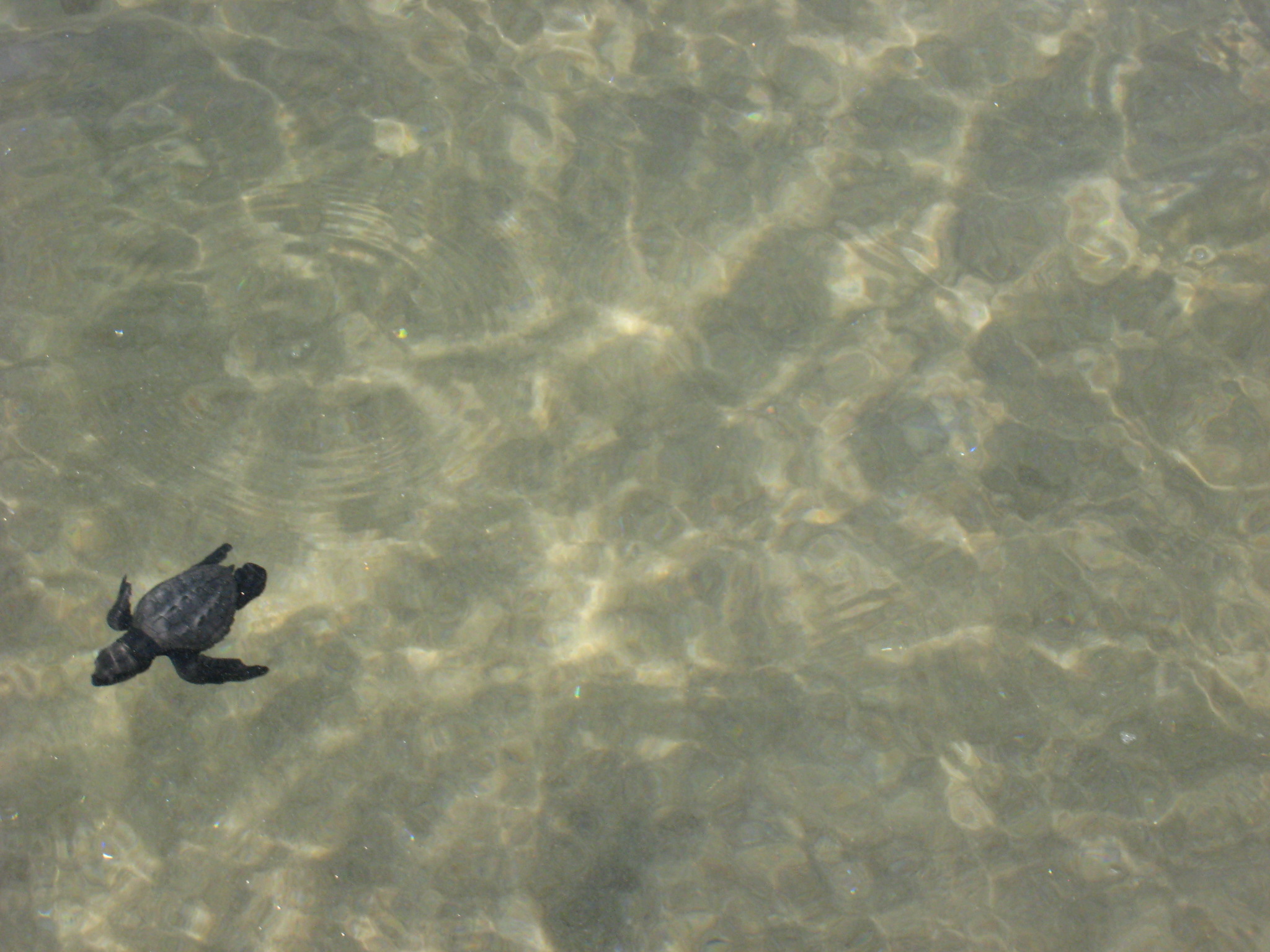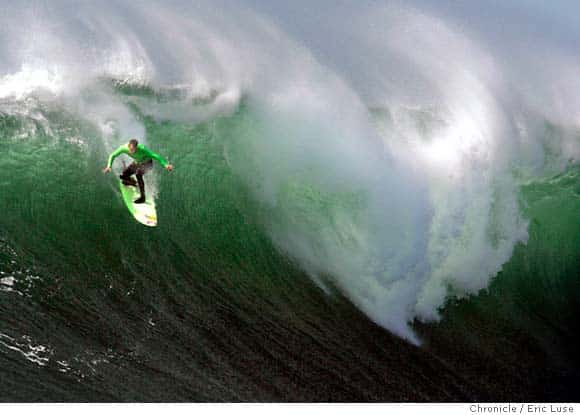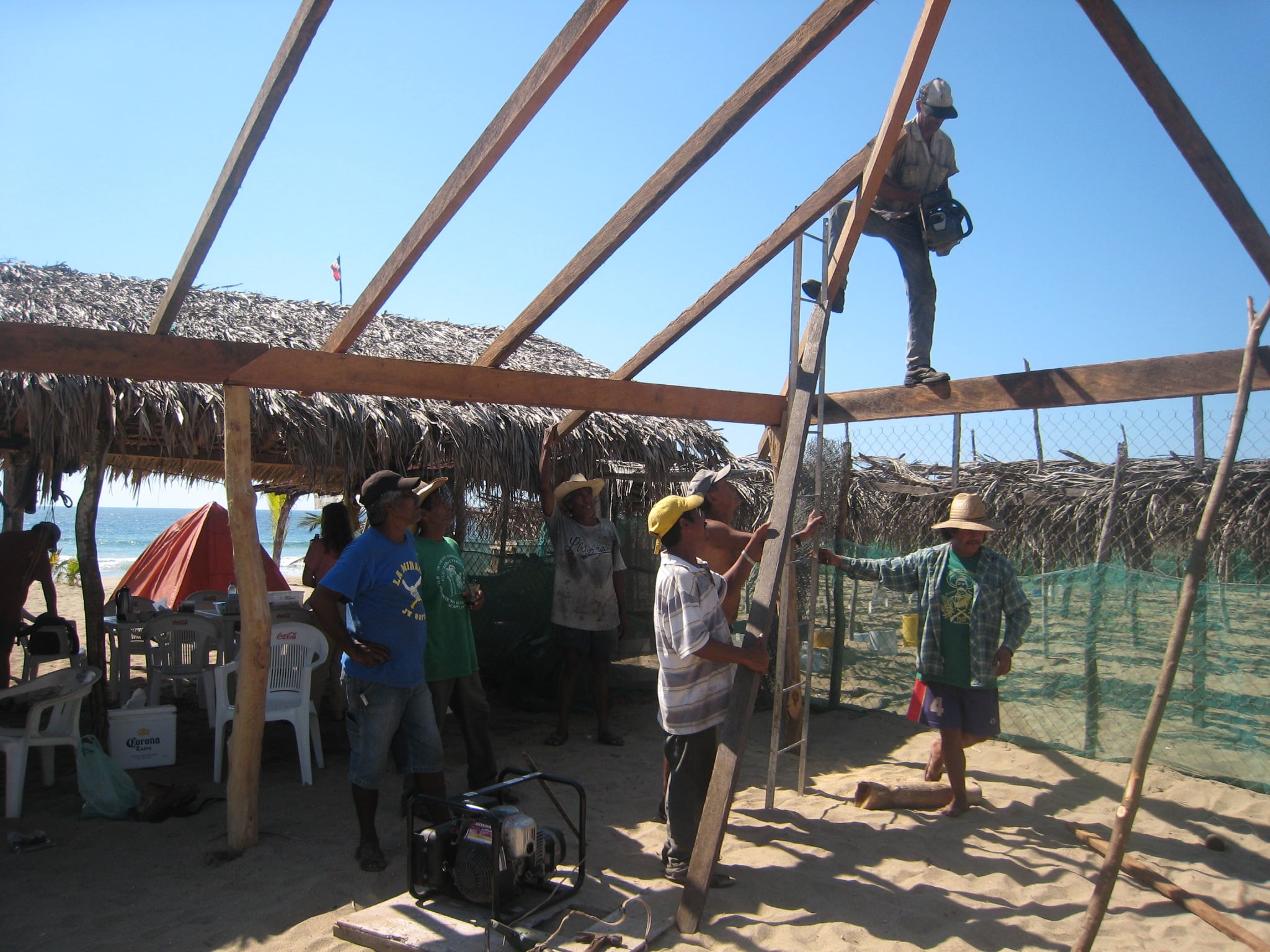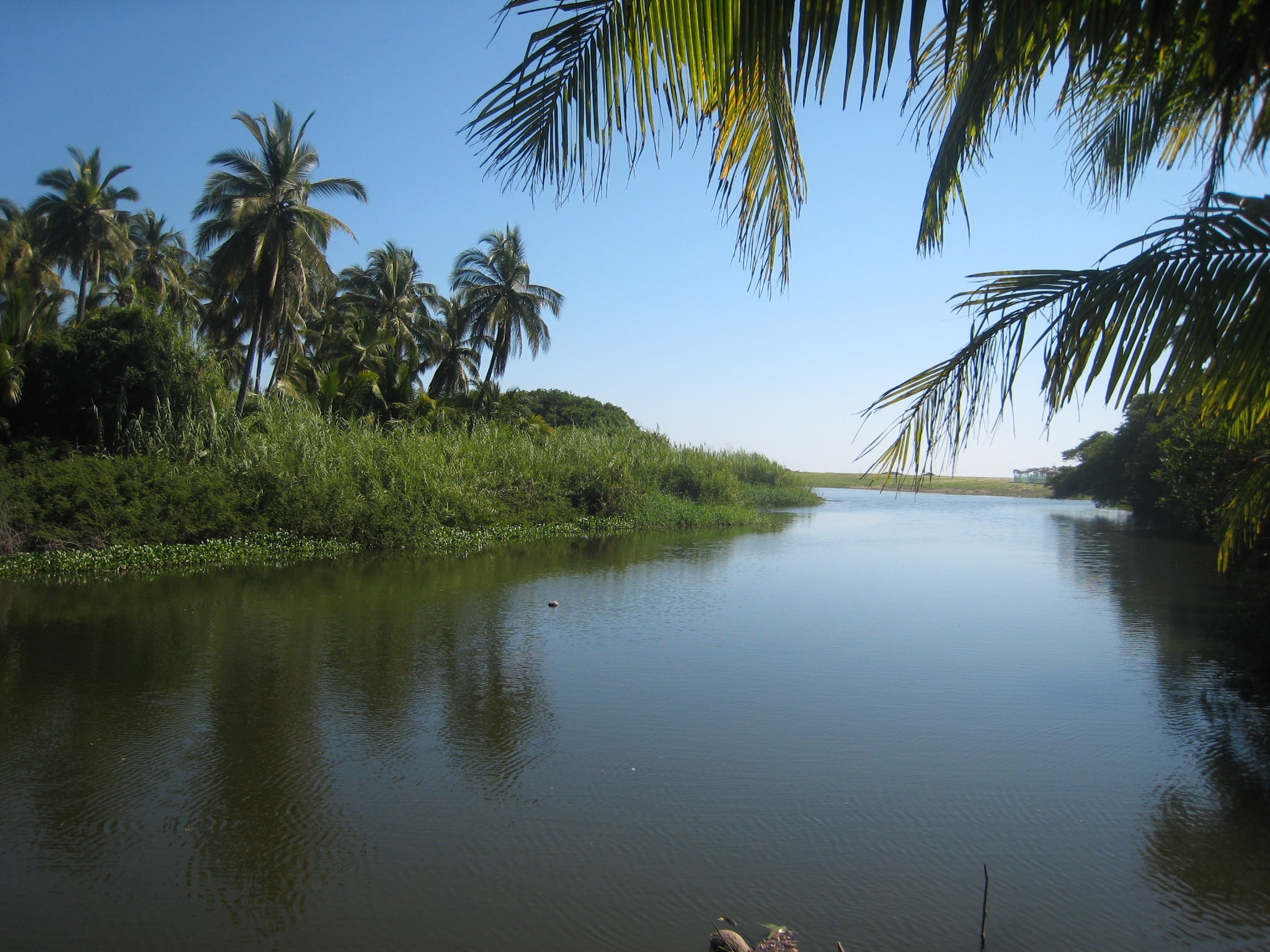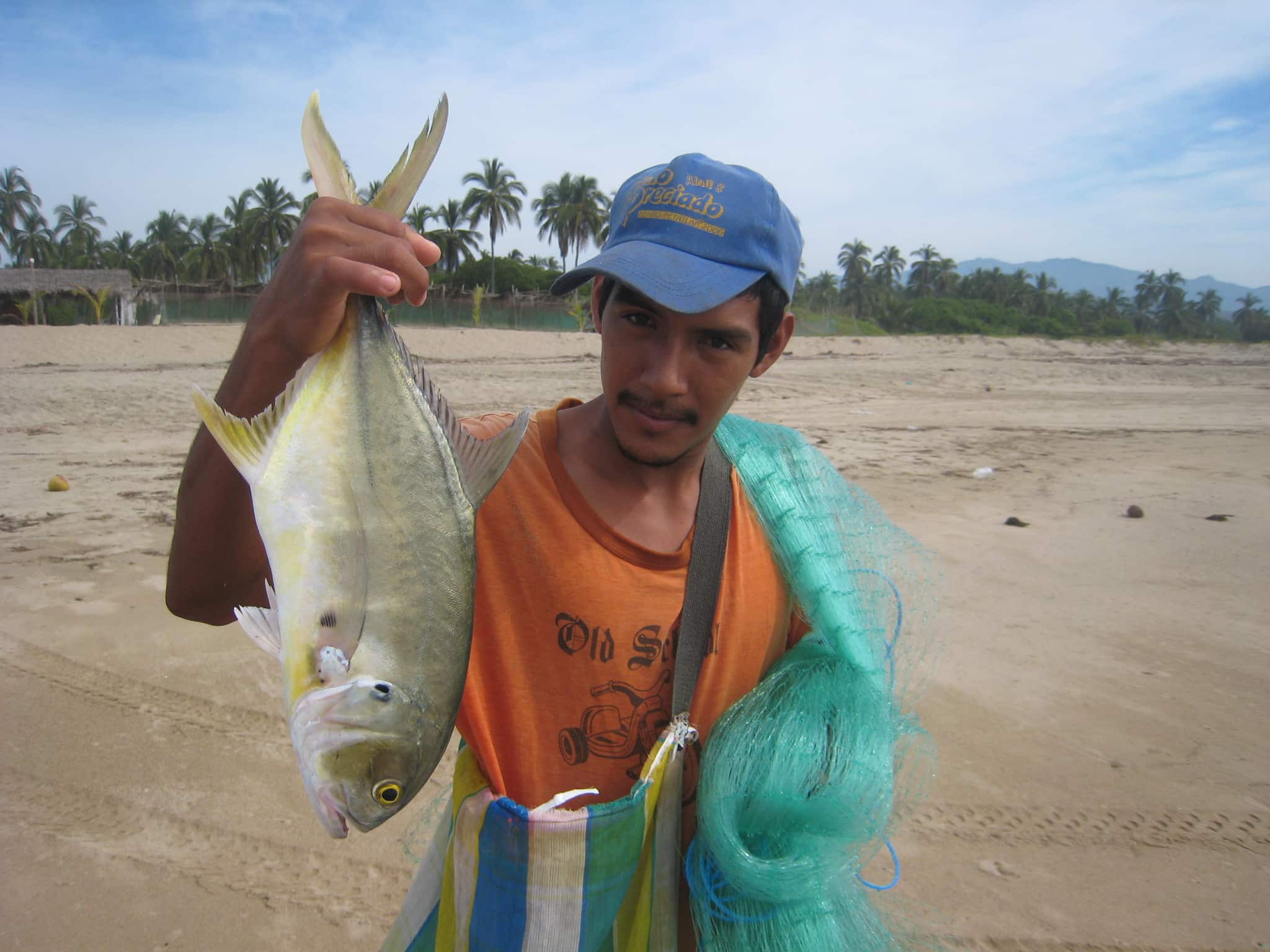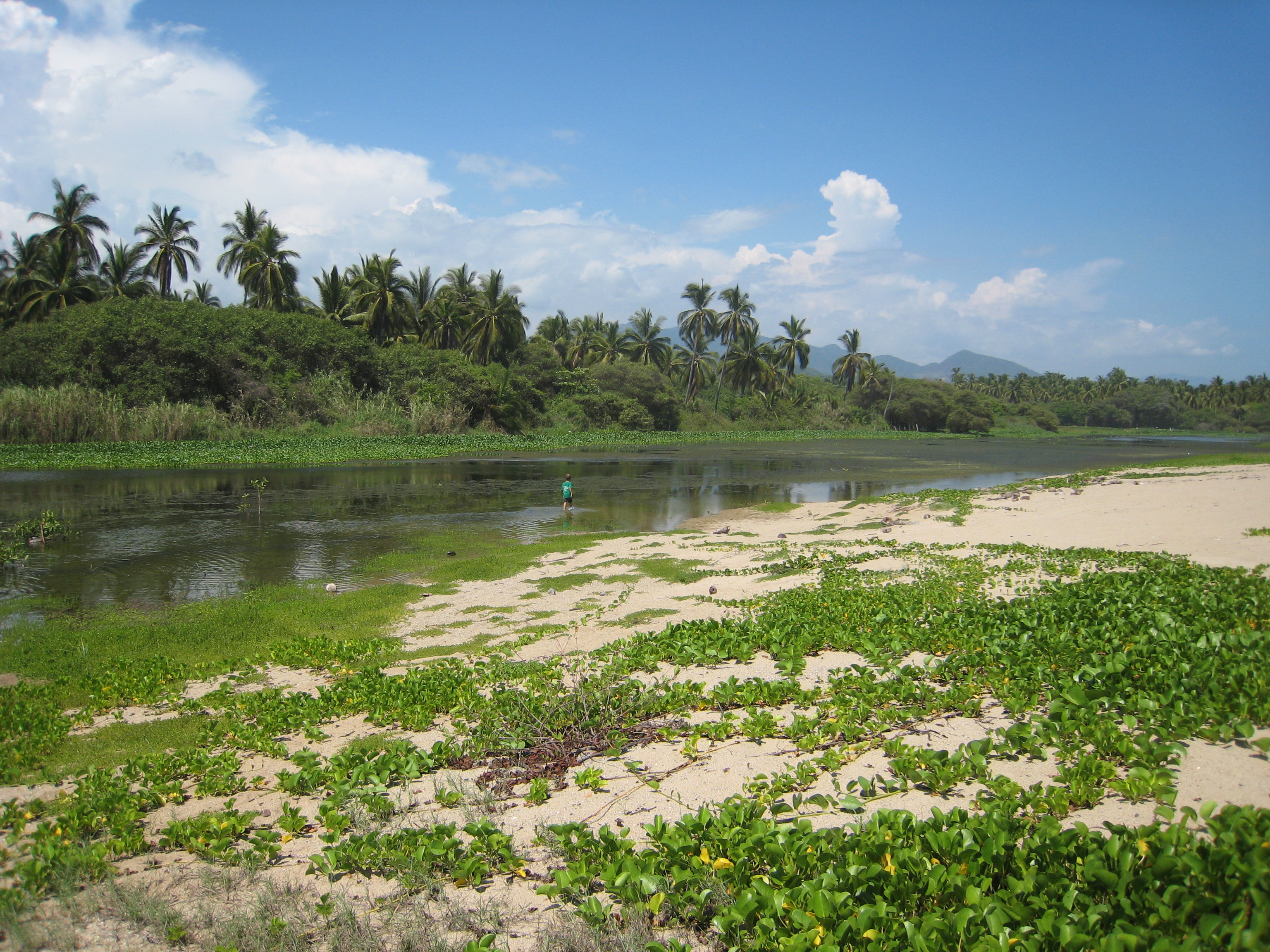
“Go Play Outside, Nobody Else Is”, this article caught my eye in both TreeHugger and Grist where it was titled, “Unhappy Campers”. Both were about another study showing that kids are spending more time indoors and less time enjoying nature. The report is entitled, “Evidence for a fundamental and pervasive shift away from nature-based recreation”. What a surprise. My mother-in-law gave me a book called “The Geography of Childhood, Why Children Need Wild Places”. In short, we all need wild places. The thesis of this book further emphasises why the trend outlined by this study is so alarming. The study abstract starts with this thesis statement, “After 50 years of steady increase, per capita visits to U.S. National Parks have declined since 1987.” Have you gotten your quotient of wild places recently?
From the TreeHugger Article: “”Other research shows that the time children spend in nature — particularly the activities we looked at in this study — determines their environmental awareness as adults. We recently wrote a review paper looking at this phenomenon as well as at the effects of videophilia on childhood development. These effects are substantial and include obesity, attentional disorders, lack of socialization and poor academic performance.” (the authors coined the word videophilia in an earlier report.)”
